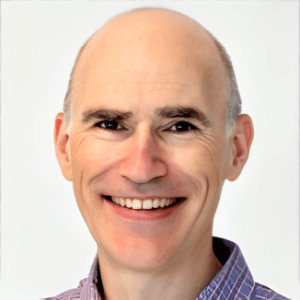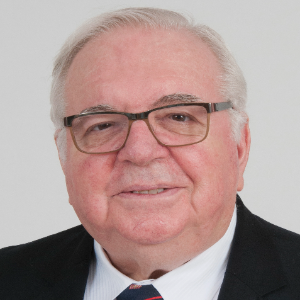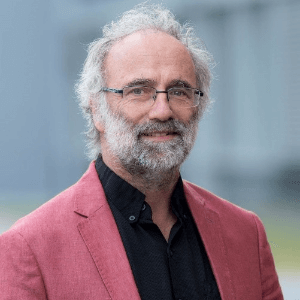Biocompatibility is defined as "the study and knowledge of the interactions between living and non-living materials." Biomaterial is defined as "a material intended to interface with biological systems to evaluate, treat, augment, or replace any tissue, organ, or function of the body." Lost and damaged tissues can be replaced or strengthened with materials of both organic and inorganic origin using regenerative medicine. Metal alloys, ceramics, polymers, and biocomposites are examples of such materials, which are referred to as "biomaterials" when employed for biomedical purposes. The function of biomaterials is what distinguishes them. They must have the necessary mechanical, chemical, and biological properties—optimized for their purpose and biological surroundings—as they interact with and replace the function of certain host tissues.
Tissue engineering is the process of combining scaffolds, cells, and physiologically active substances to create functional tissues. It emerged from the field of biomaterials development. Tissue engineering aims to create functional constructions that can be used to restore, maintain, or improve damaged tissues or complete organs. Engineered tissues such as artificial skin and cartilage have been approved by the FDA, but their application in human patients is currently limited. Tissue engineering now plays a little part in patient therapy. Patients have received supplemental bladders, tiny arteries, skin grafts, cartilage, and even a whole trachea, but the treatments are still experimental and expensive.
- Designing Smart Biomaterials for Tissue Engineering
- Polymers for Health and Biomaterials
- Energy Harvesting for Bio Devices
- Bio Device Fabrication
- Wearable and Mobile Devices
- Diagnostic Devices
- Radio/Photo Therapy Devices
- Smart Nano-Bio Devices

Ephraim Suhir
Portland State University, United States
Thomas J Webster
Interstellar Therapeutics, United States
Robert Buenker
University of Wuppertal, Germany
Will Skene
Montreal University, Canada
Valeriy A Buryachenko
Micromechanics & Composites LLC, United States
Anis Rahman
Applied Research & Photonics, Inc, United States
Will Skene
Montreal University, Canada
Robert Guidoin
Laval University, Canada
Robert Buenker
University of Wuppertal, Germany


Title : Introducing picotechnology: An exciting extension of nanotechnology
Thomas J Webster, Interstellar Therapeutics, United States
Title : The failure of both einsteins space-time theory and his equivalence principle and their resolution by the uniform scaling method
Robert Buenker, University of Wuppertal, Germany
Title : Material challenges with proton conducting ceramics for intermediate temperature hydrogenation/dehydrogenation applications
Saheli Biswas, Commonwealth Scientific and Industrial Research Organisation, Australia
Title : Porphyrin layers at metal-electrolyte interfaces monitored by EC-STM and CV
Marek Nowicki, University of Wroclaw, Poland
Title : Color control of electrochromes by structural modification
Will Skene, Montreal University, Canada
Title : Make experiments more efficient: Two simple and powerful approaches. Mg2Si growth for photovoltaic and thermoelectric applications
Alexander S Gouralnik , Institute of Automation and Control Processes, Russian Federation
Title : Reconfigurable antenna structures using tunable materials
Nasimuddin, Institute for Infocomm Research, Singapore
Title : (0, 1 and 2) Dimensional hybrid architecture of the synthesized materials leads the smart sensing of the gaseous species at low/room temperature
D R Patil, North Maharashtra University, India
Title : Enhanced grain refinement, precipitates regulation, and improved mechanical properties of cast Al-Li alloy by Ti addition and heat treatment
Lixiong Shao, Shanghai Jiao Tong University, China
Title : Broadband sound attenuation of shape memory polymer with triangular-honeycomb unit cell metamaterial structural design
Musaab Ejaz, Universiti Teknologi PETRONAS (UTP), Malaysia